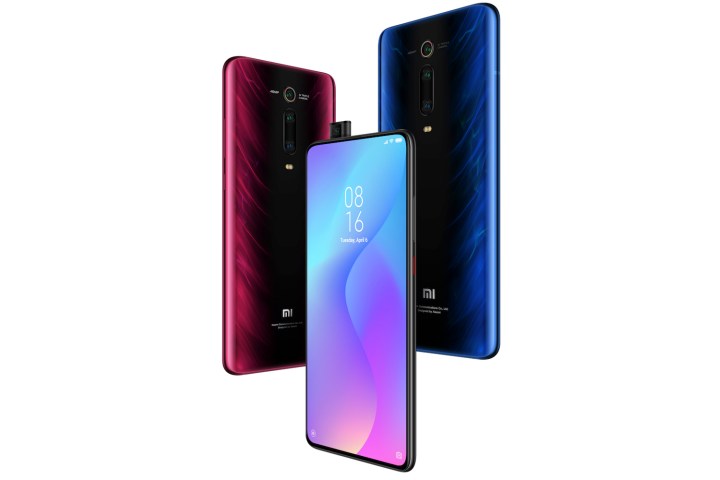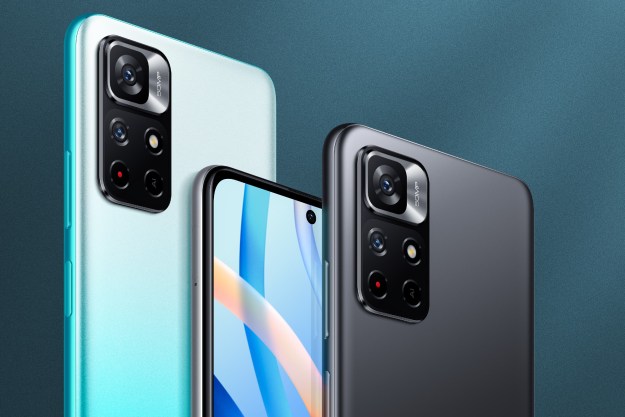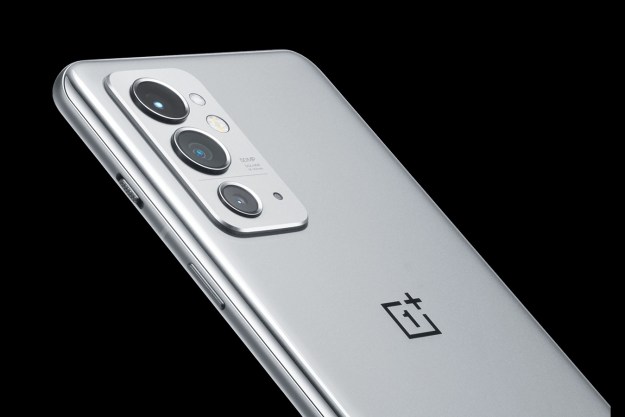
Xiaomi has launched a new model in its Mi 9 smartphone range — the Mi 9T. It’s the the first time Xiaomi has used a T suffix, but it’s not the first company to do so, as OnePlus has used the same letter on its upgraded models since the OnePlus 3T.
Confusingly, it’s not the first time we’ve seen the Mi 9T either, as it’s actually a renamed version of the Redmi K20, which was revealed in China at the end of May, along with the higher specification Redmi K20 Pro. Let’s take a closer look at the Mi 9T.
Design
Made from glass, the back of the Mi 9T has an eye-catching flame-like design, which has been created using a nano-holographic method, similar to how Honor created the look of the View 20. Around the front is a 6.39-inch AMOLED screen with a 2,340 x 1,080-pixel resolution, and a 19.5:9 aspect ratio. It’s covered in Gorilla Glass 5 for protection and has a fingerprint sensor under the surface.
You’ll immediately notice the lack of a notch, or hole-punch camera, and a relatively modest chin — this is due to Xiaomi using a pop-up selfie camera on the phone. The Mi 9T comes in carbon black or glacier blue, with a stunning flame red model coming soon.
Camera
A triple-lens camera lives on the back of the Mi 9T, made up of a 48-megapixel, F1.75 aperture main lens with 4-in-1 Super Pixel technology, a 13-megapixel ultra-wide lens, and an 8-megapixel telephoto lens. Xiaomi’s artificial intelligence features are all on board for scene recognition, plus there is a night mode for improved low-light shots, and a 48-megapixel high-resolution mode, too.
The selfie camera pops up out the top of the Mi 9T, ready to take 20-megapixel photos, portrait selfies, and panorama selfies. While there is an in-display fingerprint sensor, the Mi 9T also supports face unlock, and look out for the notification light that surrounds the pop-up module.
Specification
The Mi 9T is a midrange phone, unlike the Mi 9 and the Redmi K20 Pro. It shares the same processor, RAM, and other specifications as the Redmi K20. A Qualcomm Snapdragon 730 processor is joined by 6GB of RAM and either 64GB or 128GB of storage space. Xiaomi has added its Game Turbo 2.0 enhancement to make gaming a better experience, promising reduced touch response times, and improved network, display, and sound quality.
A 4,000mAh battery comes with 18w fast charging, plus the phone has a 3.5mm headphone jack, NFC for mobile payments, Bluetooth 5.0, and Hi-Res Audio support.
Price and availability
Xiaomi has launched the Mi 9T in Spain — its first European market — where it costs 330 euros, or about $370. The 6GB/64GB version is available from June 17, with the 370 euro ($417) 6GB/128GB model coming in the next few weeks. A wide European launch, potentially including the U.K., hasn’t been confirmed but seems likely. Like all Xiaomi phones, it will not be released in the U.S., but will be available as an import if you’re keen.
Updated on June 13: Added in official launch details for the Mi 9T
Editors' Recommendations
- What is an eSIM? Here’s everything you need to know
- Everything you need to know about the massive AT&T outage
- Does the OnePlus 10T have wireless charging? What you need to know
- Android 12: Everything you need to know
- Android 12L: Everything you need to know about the big screen update



